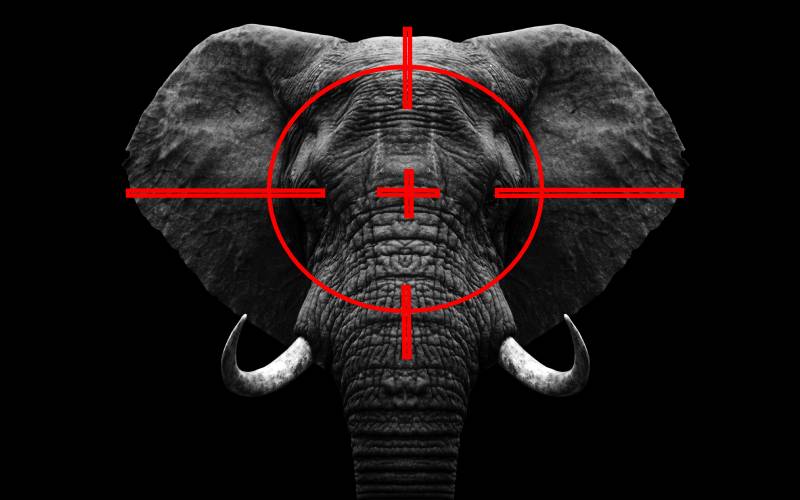×
The Standard e-Paper
Informed Minds Prefer The Standard

On Monday, March 15, 2021, a rare animal made an ‘appearance’ in Narok Law Courts, some 100km west of Nairobi. It was a pangolin, a nocturnal animal whose 20 per cent of the body is made up of scales.
Apart from the three men charged with dealing in the animal and the Kenya Wildlife Service (KWS) crew that airlifted the scaly creature from Empaash in Rift Valley to the law courts, few in attendance knew what the reclusive animal looked like. Even researchers have little knowledge about the pangolins’ behaviour.